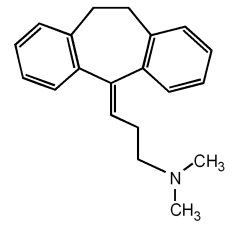If a drug is judged by the way it affects our minds, then many pharmaceutical brand names could count as active ingredients. Take the granddaddy of today's antidepressants which has a positive prefix "pro" and the fast-sounding morpheme "zac." Halcion, which is used to treat insomnia and anxiety, is phonetically identical to "halcyon"--an adjective meaning "calm" or "undisturbed." The vocabulary becomes even more basic with soporifics such as Restoril and Placidyl.
The pharmaceutical industry pays huge sums to branding companies that engage in syllabic magic for all drugs, not just psychotropics, Often the meaning is secondary to the sound, says Jonathan Metzl, Ph.D., an assistant professor of psychiatry at the University of Michigan at Ann Arbor. Paxil, for example, begins with a "plosive" sound that suggests power; indeed, 20 percent of the 200 best-selling drugs in 2001 have names that begin with plosive letters P, T or D, according to the Source Prescription Audit. And drugs like Zoloft and Xanax make use of fricatives--letters such as X, F, S and Z implying speed--to convey that a drug is fast-acting.
THE NAME GAME
Match the drug with the condition it's used to treat.
KEY 1, F: Elavil is an anti depressant that "elevates one's mood." * 2, E: Ambien is a sleeping pill that combines "AM" and "bien," Spanish and French for "good." * 3, D: Provigil fights nacrolepsy, or excessive daytime sleepiness, by promoting abstinence from sleep (vigil). * 4, B: Cognex combine :cog" or cognition with the fricative :X" (fast). * 5, A: Serentil is an antipsychotic, this drug suggests serene or calm. * 6, C: Sarafem is an antidepresant used to treat mood disorders associated with premenstrual dysphoric. Sara, a female name, is paired with "fem."
COPYRIGHT 2003 Sussex Publishers, Inc.
COPYRIGHT 2003 Gale Group



